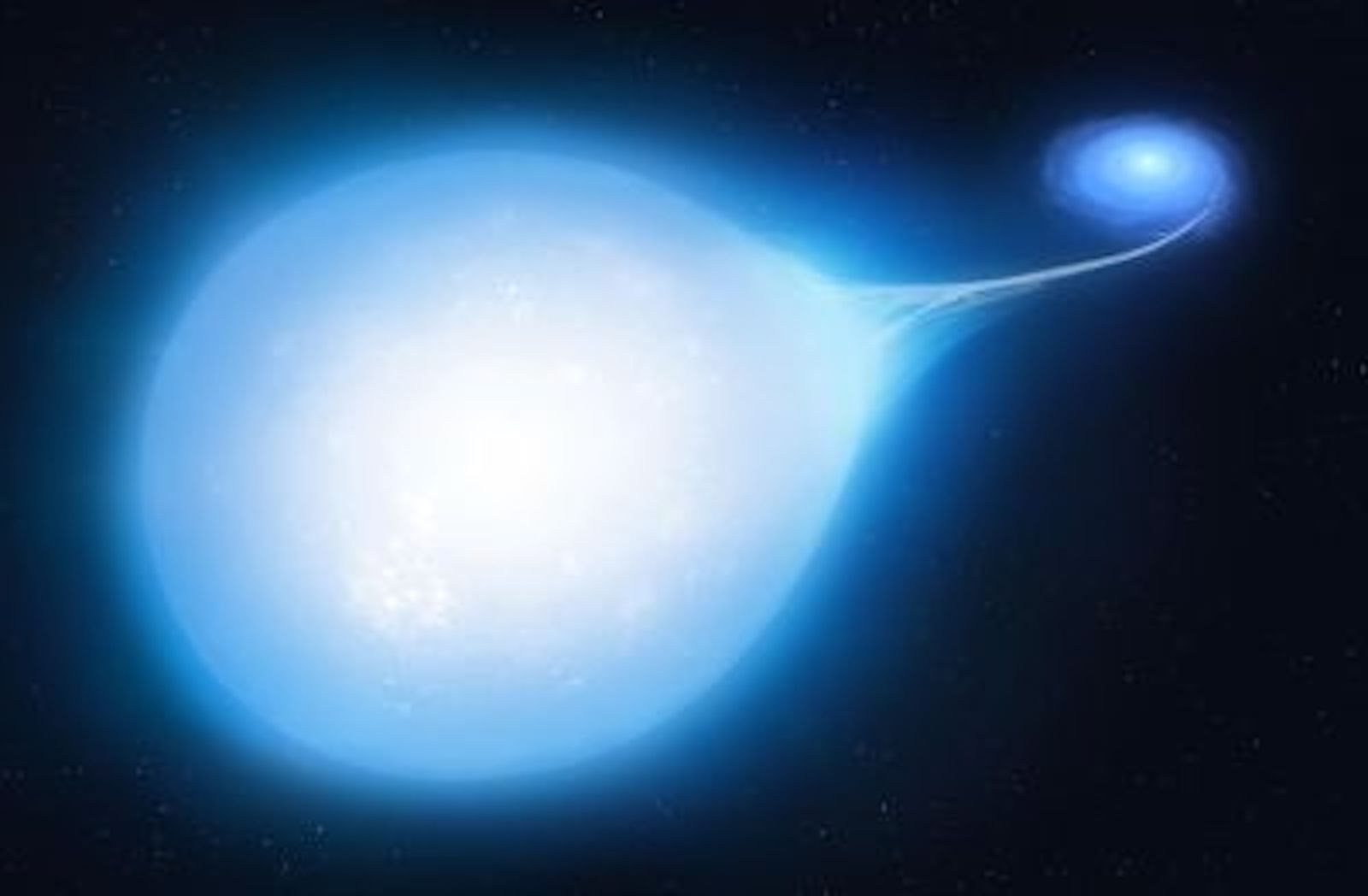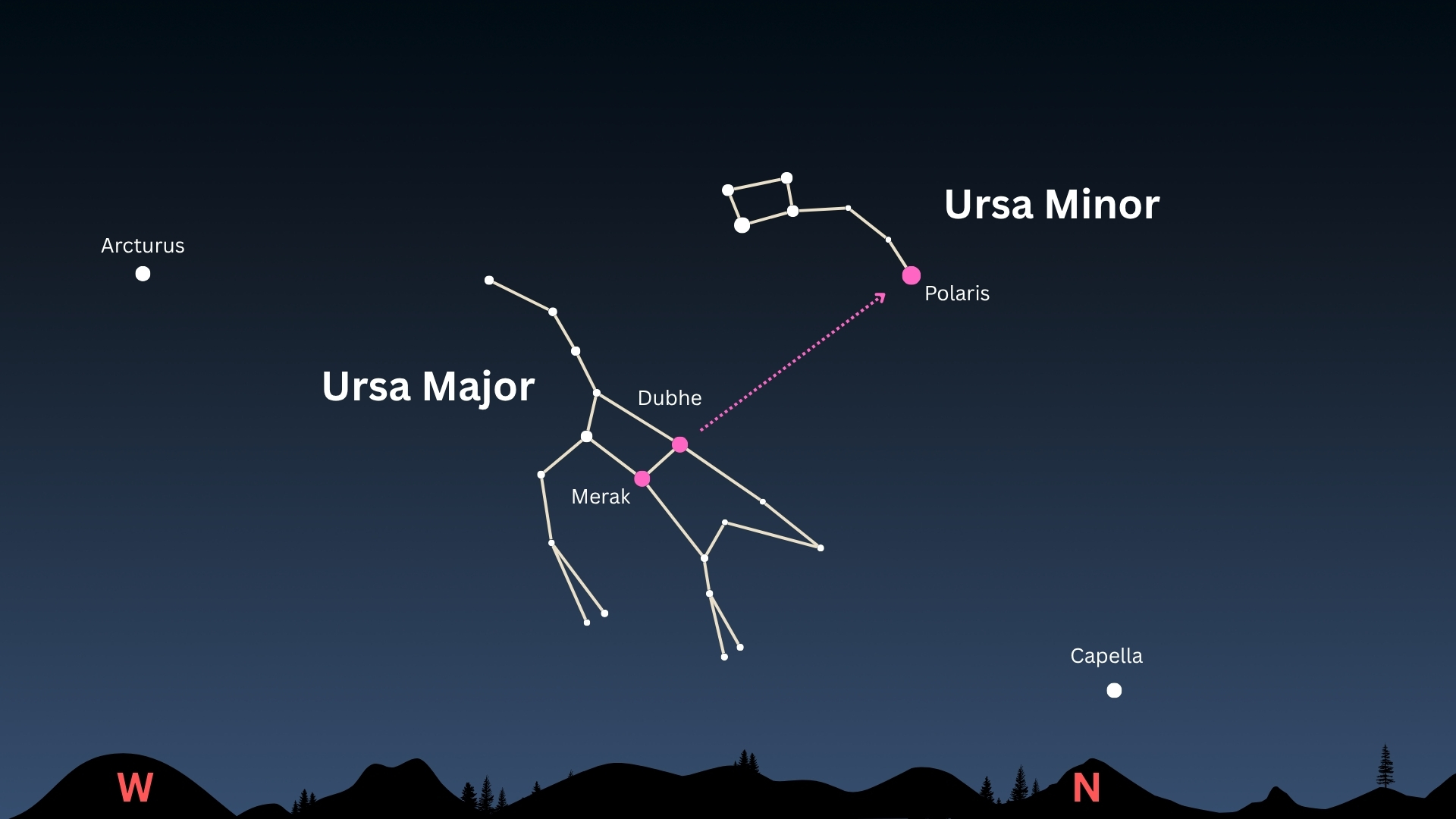The aliens are all hanging out on Dyson spheres circling white dwarfs, physicist argues
That's where we should be looking for them.

So far no one has found evidence of intelligent aliens elsewhere in the cosmos. But if they do exist, they might be hanging out on Dyson spheres circling the husks of sunlike stars called white dwarfs scattered throughout the Milky Way, a new paper argues.
And that's there we should be focusing our search for extraterrestrials, study co-author Ben Zuckerman, an emeritus professor of physics and astronomy at the University of California Los Angeles, told Live Science in an email.
Based on what that search turns up, astronomers could estimate how many advanced civilizations lurk in the galaxy, he said.
Related: 4 hostile alien civilizations may lurk in the Milky Way
Long live the civilization
Any advanced civilization needs energy: for food, for transport, for conflict, for comfort and for convenience. Currently, Earth's 7.8 billion people use around 580 million million joules of energy every year, equivalent to the energy output of almost 14,000 million tons of oil, according to The World Counts. Indeed, almost all human energy comes from fossil fuels, as we lack the technological savvy to rely on the largest generator of energy in the solar system: the sun.
If humans covered every square inch of Earth's surface with solar panels, that would generate more than 1,017 joules of energy per second. That would still be losing the majority of energy radiated by the sun, about 1,026 joules per second.
This is the motivation behind Dyson spheres, named for the famed physicist Freeman Dyson, who developed the idea in 1960. If an advanced civilization really wants to harness the awesome energetic output of their home star, they have to build megastructures to capture it, blocking out at least some of the star's light and converting that energy into other useful things. Dyson's original proposal of a solid sphere (with 100% solar coverage) doesn't work because of stability issues, as it would be impossible to keep the star at the center and the entire sphere would disintegrate due to extreme tidal and rotational stresses. Even so, it's easy to imagine an advanced species building rings or swarms of giant solar panel-covered structures to get the job done.
Breaking space news, the latest updates on rocket launches, skywatching events and more!
Failed start-ups
But no matter how advanced a species is, and how many Dyson sphere-like objects they build, they will have to contend with the fact that every star has a finite lifetime. If a civilization arose around a typical sunlike star, then someday that star will turn into a red giant and leave behind a cool white dwarf. That process will in turn roast its solar system's inner planets and, as the white dwarf cools off, freeze the outer ones.
So staying put on the surface of a planet is not a viable long-term option. That means any aliens could either pack up and leave, finding a new system to call home, or build a series of habitats that harvest the radiation from the remaining white dwarf.

According to a new paper written by Zuckerman and accepted in May for publication in the journal Monthly Notices of the Royal Astronomical Society, it seems unlikely that an alien civilization would choose to go through the trouble of traveling to a new star just to build a Dyson sphere. Thus, they're only going to build these megastructures around their home stars, which will eventually turn into white dwarfs.
Related: Does every star have planets?
This allows scientists to make a direct connection between stellar lifetimes and the prevalence of Dyson spheres. So, Zuckerman reasoned, if astronomers look for Dyson spheres around white dwarfs and come up empty, that can help estimate how many advanced civilizations may exist in the galaxy. Here’s how the logic works: Astronomers have only measured a small fraction of all the white dwarfs in the galaxy. But if enough aliens decided to build Dyson spheres around their white dwarf homes, then we should see at least one Dyson sphere in our surveys. If we don’t see any at all, then that sets an upper limit on the number of alien civilizations building Dyson spheres around white dwarfs. Of course there could be aliens who decide not to build Dyson spheres, or aliens that build spheres around other kinds of stars, but Zuckerman argues that over the age of the Milky Way the most likely outcome of advanced civilizations is to build a Dyson sphere around their white dwarf, and so we should focus our searches in that direction.
Taking the long view
However, this search won't be easy.
"If any Dyson spheres do exist, they will likely be hard to find because there are so many stars that must be searched," Zuckerman noted in an email to Live Science, adding that, "The signal from the Dyson sphere will likely be very faint compared to the star about which it orbits."
Just what is that signal?
The presence of a Dyson sphere (or ring or swarm) around a white dwarf will have two effects. If it's large enough or close enough to the star, it will block the light arriving to Earth just as transiting exoplanets do. But such Dyson spheres might also add a signal from infrared radiation. The megastructures will absorb radiation from the white dwarf and convert that energy into other things. Since no conversion is 100% efficient, this process will leave behind some waste heat that will escape as infrared light.
Surprisingly, we have already found many white dwarfs with excess infrared emission, but that is due to dust in those systems, not megastructures, according to the research paper.
Existing surveys of white dwarfs have found no evidence of any Dyson spheres. Given the total number of white dwarfs that we expect to inhabit the Milky Way, Zuckerman estimates that no more than 3% of habitable planets around sun-like stars give rise to a civilization that chooses to build a Dyson sphere around the resulting white dwarf. However, there are so many planets around sun-like stars that this calculation only provides an upper limit of 9 million potential white dwarf sphere-building civilizations in the Milky Way, the researchers concluded.
In the end, though, nobody knows how many advanced civilizations may live in the Milky Way, if any at all, Zuckerman said.
"Some astronomers, including me, think that technological life may be a very rare occurrence," Zuckerman said. "Indeed, we might even possess the most advanced technology in our Milky Way galaxy. But no one knows, so it is worth searching for evidence."
Join our Space Forums to keep talking space on the latest missions, night sky and more! And if you have a news tip, correction or comment, let us know at: community@space.com.

Paul M. Sutter is a cosmologist at Johns Hopkins University, host of Ask a Spaceman, and author of How to Die in Space.

